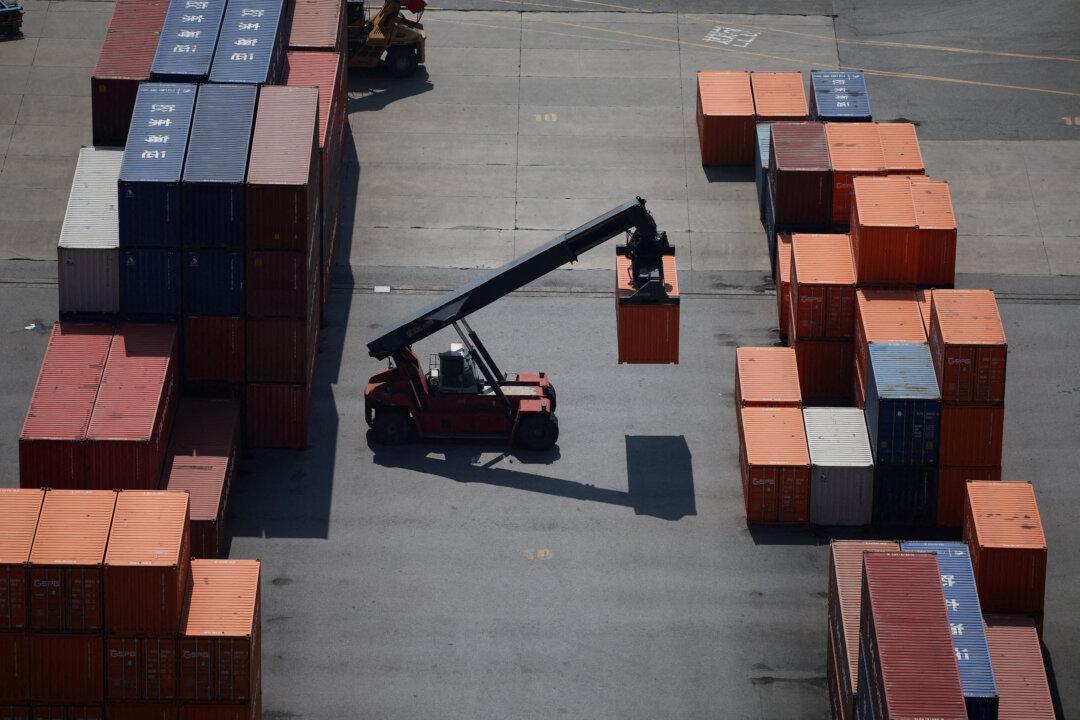The U.S. Defense Department said on Nov. 9 that it approved a potential $2.53 billion sale of Abrams main battle tanks to Romania to bolster the NATO ally’s capability amid the ongoing Russia-Ukraine war.
The Defense Security Cooperation Agency (DCSA) said it had notified Congress of the possible arms sale on Thursday, which includes 54 M1A2 battle tanks, combat recovery vehicles, and assault breacher vehicles.
The sale also includes 54 machine guns, 10 gas turbine engines, 5,940 M1147 high explosives, 4,230 M1002 target practice multipurpose, tracer cartridges, and other related support equipment, the department stated.
“The proposed sale will improve Romania’s capability to meet current and future threats by providing a credible force that is capable of deterring adversaries and participating in NATO operations.”
Ukraine will receive munitions for its air defense, ammunition for U.S.-provided rocket systems, artillery rounds, javelins, and anti-tank systems to help its troops fight against Russian forces on Ukrainian soil.

Suspected Russian Drone Fragments Found On Romanian Territory
Earlier in September, Romanian authorities reported the discovery of drone fragments on the country’s territory, which are “similar to those used by the Russian army.”Romanian President Klaus Iohannis said the findings indicate there has been “an absolutely unacceptable violation” of his country’s sovereign airspace “with real risks to the security of Romanian citizens in the area.”
NATO Deputy General Secretary Mircea Geoana claimed there is “no risk” that Romania will be dragged into a war following the discovery of drone fragments on its territory near the border with Ukraine.
“The most important thing is to re-confirm the fact that there is no indication of a deliberate action [by Russia] to strike Romanian territory and therefore NATO territory,” Mr. Geoana said on Sept. 11.
“The Romanian and U.S. delegations took special note of the potential risk of Russia’s destabilizing actions in the Black Sea region, particularly against the security and stability of the Republic of Moldova,” the statement reads.
The two countries emphasized that “now, more than ever, transatlantic unity is needed to deter future aggression and allow the Black Sea to reach its full potential as a strategic connector between Europe and Central Asia.”







